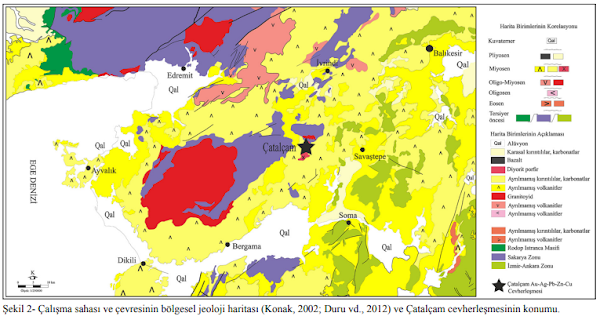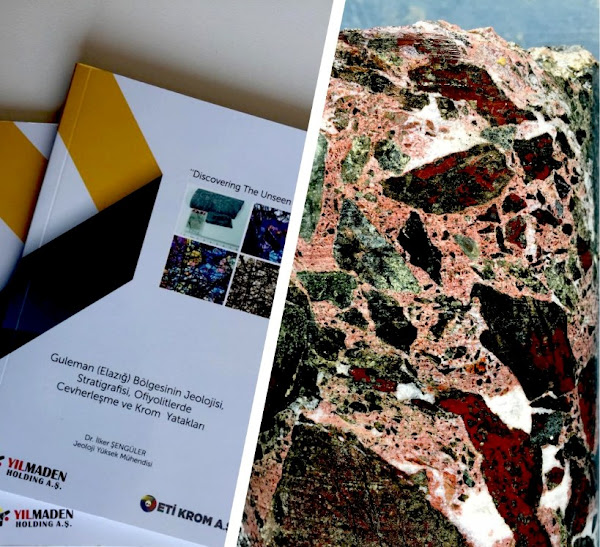Black Sands of Nueva Gorgona Beach, Republic of Panama
J. LeBlanc, Geologist
Black sand on a beach results from the erosion of volcanic
rocks. These are sedimentary accumulations known as “placer deposits” or, when
found in high concentrations of heavy minerals, “beach placer deposits”.
Typically, the sand comprises various heavy minerals (iron rich and dark), such
as tourmaline (lithium, magnesium, iron, aluminum), garnet (iron, manganese,
magnesium), rutile (titanium), ilmenite (iron, titanium), zircon (radioactive),
monazite (radioactive elements cerium, lanthanum, neodymium, thorium), but
mostly magnetite (iron), which erode and fracture into tiny particles. These
magnetite particles become the shiny, heavy, black sand found on the beach,
which can be treacherously hot to walk on, especially at midday. When analyzed
(not the case in this guide), black sands may have reasonable concentrations of
titanium (Ti), vanadium (V), chromium (Cr), manganese (Mn), iron (Fe), zinc
(Zn), arsenic (As), zirconium (Zr), cadmium (Cd), hafnium (Hf), and even gold
(Au). They can also be enriched in rare earths and contain significant amounts
of uranium and thorium radionuclides.
https://www.academia.edu/124670278/Black_Sands_of_Nueva_Gorgona_Beach_Republic_of_Panama






Yorumlar
Yorum Gönder